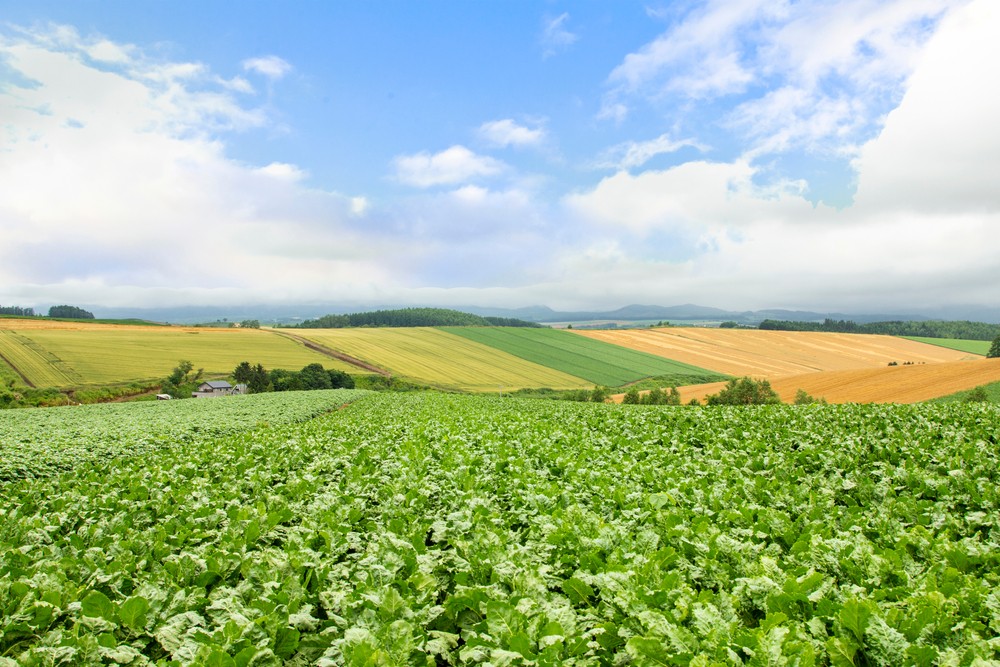
Thanks to the variety of fresh ingredients, Hokkaido features a wide variety of exquisite gourmet foods. In the most delicious prefecture rankings, Hokkaido will definitely take the top 3 spots!
Soup curry, 'Genghis Khan' barbecued lamb, seafood dishes, dairy products, etc. are all well-known Hokkaido gourmet foods. However, since Hokkaido is the largest prefecture in Japan in term of area, there is a wide variety of local gourmet foods in each area. Therefore, this time we would like to introduce the B-grade gourmet food in each region of Hokkaido.
What is "B-grade gourmet"?
In addition to the popular tourist gourmet that you have to eat, different local gourmets are born depending on the area even in the same prefecture. B-grade gourmet is a taste that is familiar to the locals cooked with local ingredients without using any splendid techniques or decorations. Namely, they are affordable but still called the gourmet foods.
Strengths of Hokkaido Gourmet
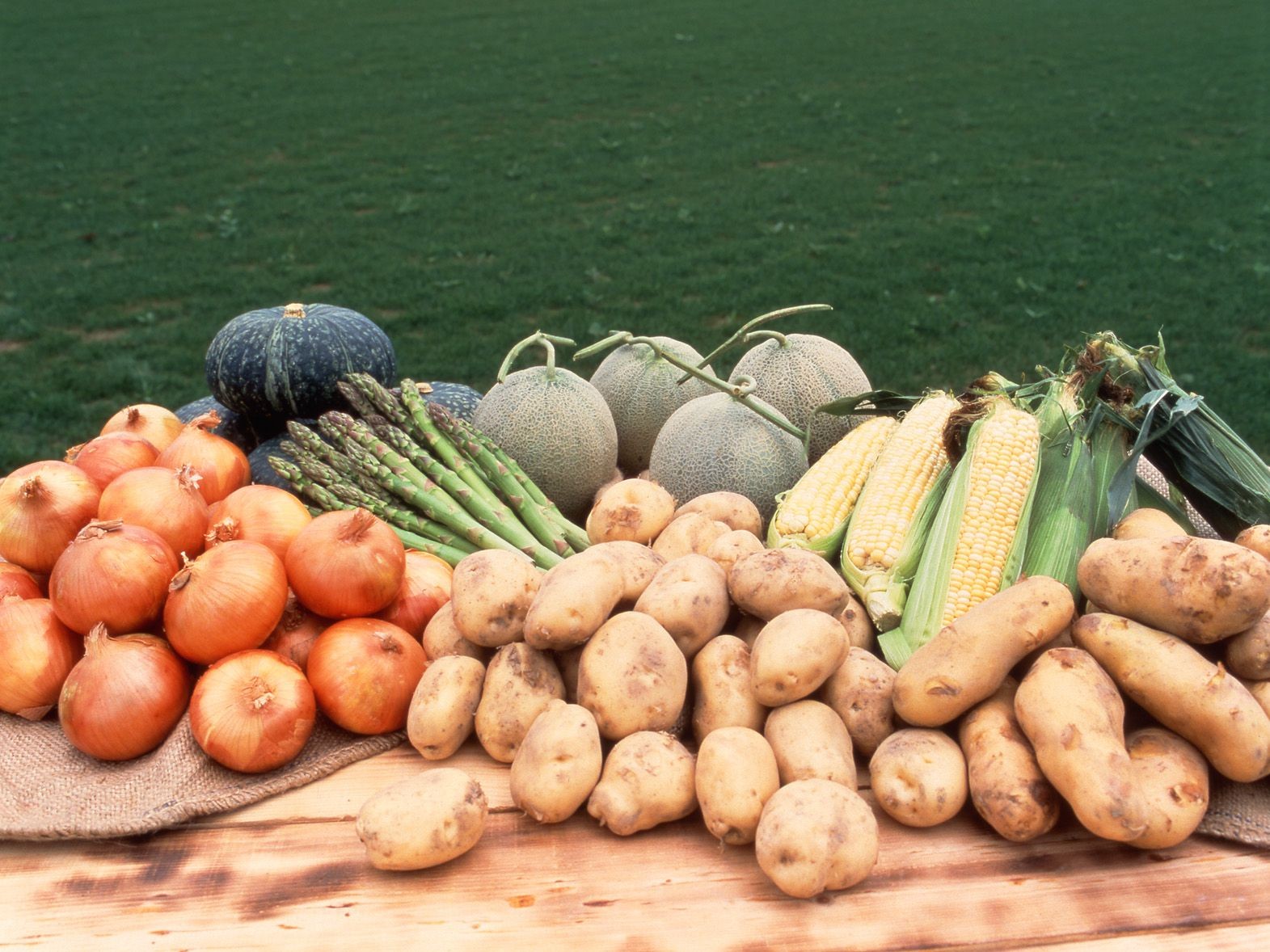
Photo courtesy of: Hokkaido Tourism Organization
Hokkaido is the northernmost administrative area in Japan and has the largest area. The total area of land on the main island is approximately 78,000 square kilometers (not including remote islands). Due to its large size, the natural environment and climate are completely different in each area. Thanks to that, there are a wide variety of agricultural products. Moreover, not only the production volume but also the deliciousness and quality are outstanding as well.
Hokkaido B-grade Gourmet
Speaking of Hokkaido's typical gourmet, you would think of soup curry, Genghis Khan barbecued lamb, seafood dishes, dairy products and so on. In fact, the large Hokkaido can be roughly divided into four areas: Northern Hokkaido, Eastern Hokkaido, Central Hokkaido, and Southern Hokkaido and each area has its own B-grade gourmet. This time, we would like to introduce you to the B-grade gourmet foods of Northern and Eastern Hokkaido.
Northern Hokkaido Area (main districts: Wakkanai, Asahikawa, Biei, Furano)
Asahikawa "Asahikawa Shoyu Horumen"

Asahikawa City used to have a thriving pig farming industry, which gave birth to a local offal (known as ホルモン / Horumon) food culture, and there are also many enthusiastic offal fans. For example, Shio-horumon (塩ホルモン - salted offal) is a type of grilled offal that originated in Asahikawa. Among them, the most special is the noodle dish called "Asahikawa Shoyu Horumen" (旭川しょうゆホルメン - Asahikawa Soy Sauce Offal Ramen). The ingredients of Asahikawa soy sauce ramen are not only menma and roast pork that everyone is familiar with, but also stir-fried offal. This is a dish that can only be made in a region that is delighted by offal.
Asahikawa "Geso-don"
The squid legs are coated with potato starch and carefully fried in a frying pan, placed on top of hot white rice, then topped with sauce to complete the Geso-don (ゲソ丼 - Squid Legs Rice Bowl). The origin of Geso-don is said to have begun in 1981, when the manager of "Standing Eating Soba Tenyu" (立ち食いそば天勇) made tempura from leftover squid legs at sister restaurant "Sushiya Tenyu" (寿司屋 天勇) and served it to customers.
Biei "JUN DOG"
"JUNDOG" (ジュンドック) is a B-grade gourmet that originated in Biei. To put it simply, it is a "Western-style rice ball". However, the appearance is almost the same as a corn dog, and the cylinder-like long rice ball has fried shrimp, fried chicken, and even sausage (coarsely minced) wrapped around by rice.
Furano "Furano Omelette Curry"
At first glance, it doesn't look like it's that complicated to make, but in order to put "Furano Omelet Curry" (富良野オムカレー) on the menu, it has to meet a few conditions. For example, ingredients such as rice, vegetables, eggs, meat, and pickles must be made in Furano! In addition, the milk brand used is limited to "Furano Milk" only. Furthermore, the price of omelet rice should not exceed 1,100 yen (excluding tax). In this way, when all the conditions are met, the omelet rice with the flag placed in the middle is the authentic "Furano Omelet Curry."
Eastern Hokkaido Area (main districts: Nemuro, Kushiro, Obihiro, Abashiri)
Nemuro "escalope"

"Escalope" (エスカロップ), which originated in Nemuro, is a local gourmet dish of ketchup rice or butter rice topped with pork cutlet (tonkatsu) and dressed with domiglace sauce. Its name comes from the French word "escalope", which means "thin slice of meat". In order to shorten the cooking time, Nemuro "escalope" pork cutlets are said to be thinner than regular pork cutlets. Also, depending on the type of rice, it is divided into “red esca” (赤エスカ / aka-esuka) and “white esca” (白エスカ / shiro-esuka). At the time of its birth, the ketchup rice “red esca” was popular, but now “white esca” is overwhelmingly winning.
Kushiro "Spa-Katsu"
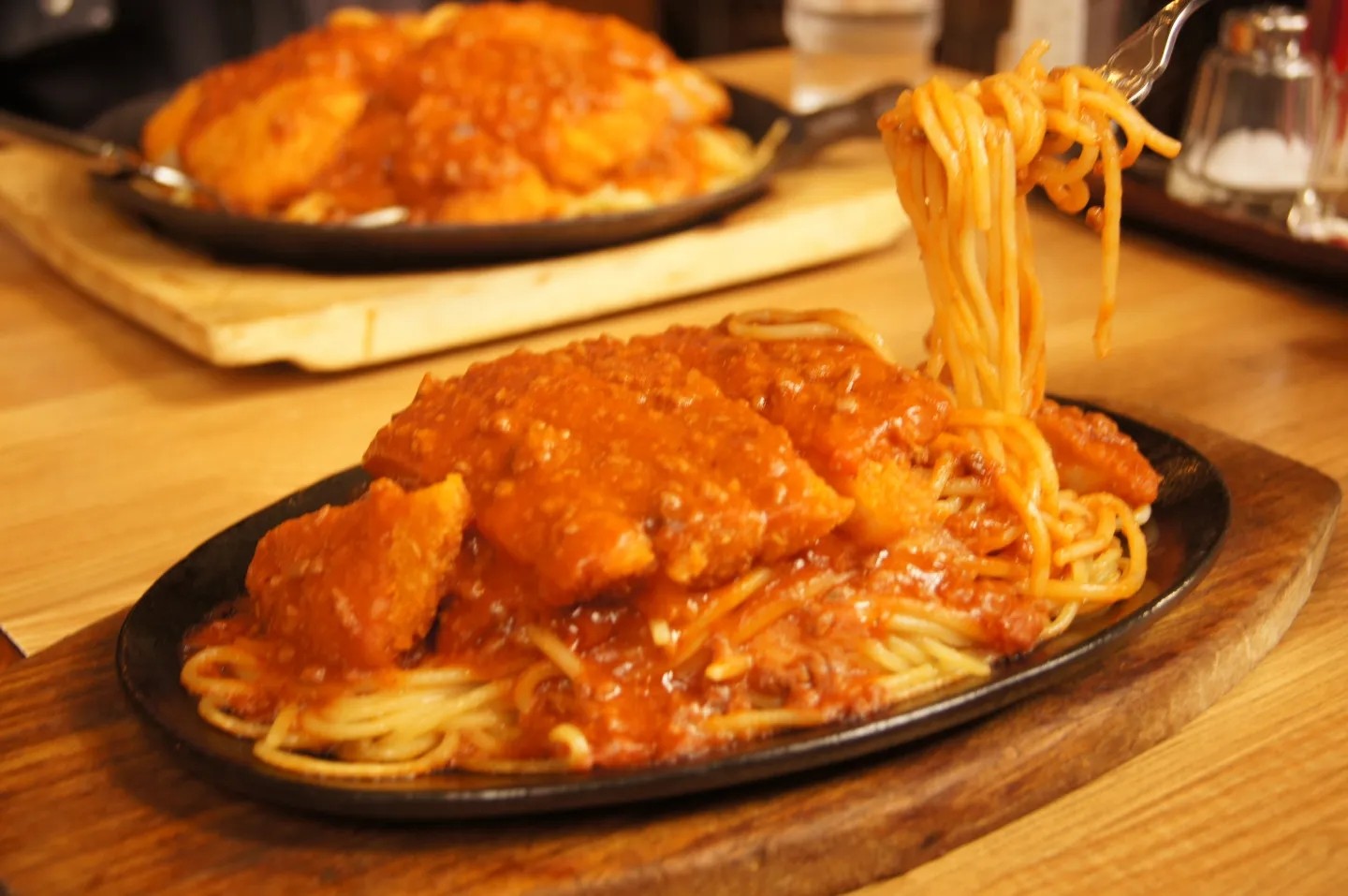
Kushiro's comfort food, "Spa-Katsu" (スパカツ / Supakatsu - spaghetti & pork cutlet on iron plate pan), is quite common in local restaurants. Speaking of its origin, it is said that in the 1950s Kushiro City, western food culture was not yet widespread, but the restaurant "Izumiya" (泉屋) in Kushiro City devised "Spa-Katsu" so that customers could enjoy piping hot to the last bite.
Kushiro "Sanmanma"
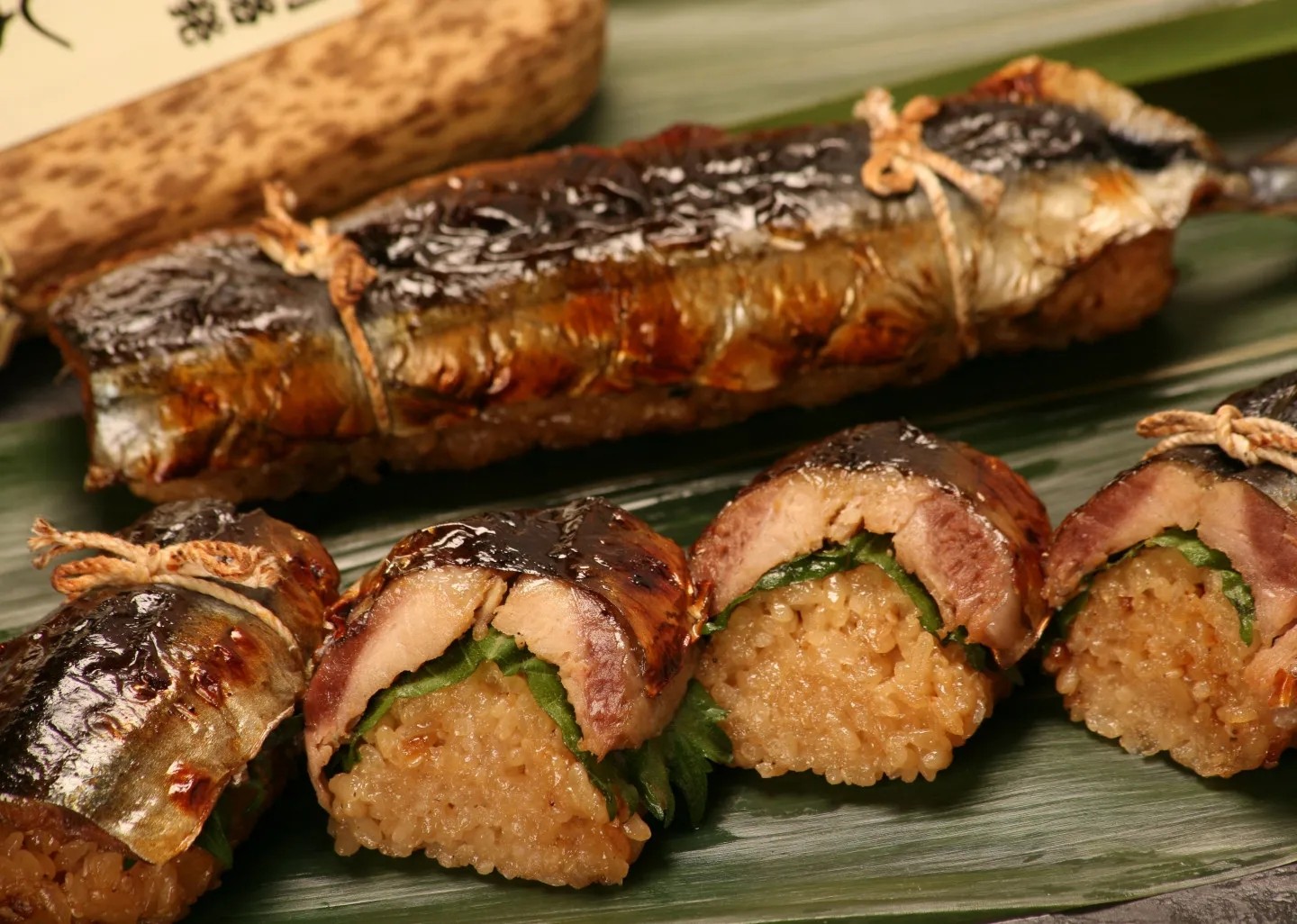
“Sanmanma” (さんまんま) is a charcoal-grilled dish of saury (called Sanma さんま in Japanese) that has been slowly marinated in a sauce, placed on top of mixed rice. During the charcoal grilling, the fragrant fat of the saury soaks into the rice, making it a Kushiro specialty that condenses the deliciousness of the saury.
Abashiri "Abashiri Moyoro Nabe"

“Abashiri Moyoro Nabe” (網走モヨロ鍋) is a local hot pot dish with plenty of seafood, including Okhotsk salmon. The name "Moyoro" comes from the "Moyoro Shell Mound" (モヨロ貝塚), a local Okhotsk cultural relic. In addition, "Abashiri Moyoro Nabe" is particular about not only the local ingredients and soup stock of Abashiri, but also the specified pot must be used. Moreover, the theme of the food should also be something that let the consumers get an image of the mysterious Okhotsk culture.
Kitami "Shio Yakisoba"
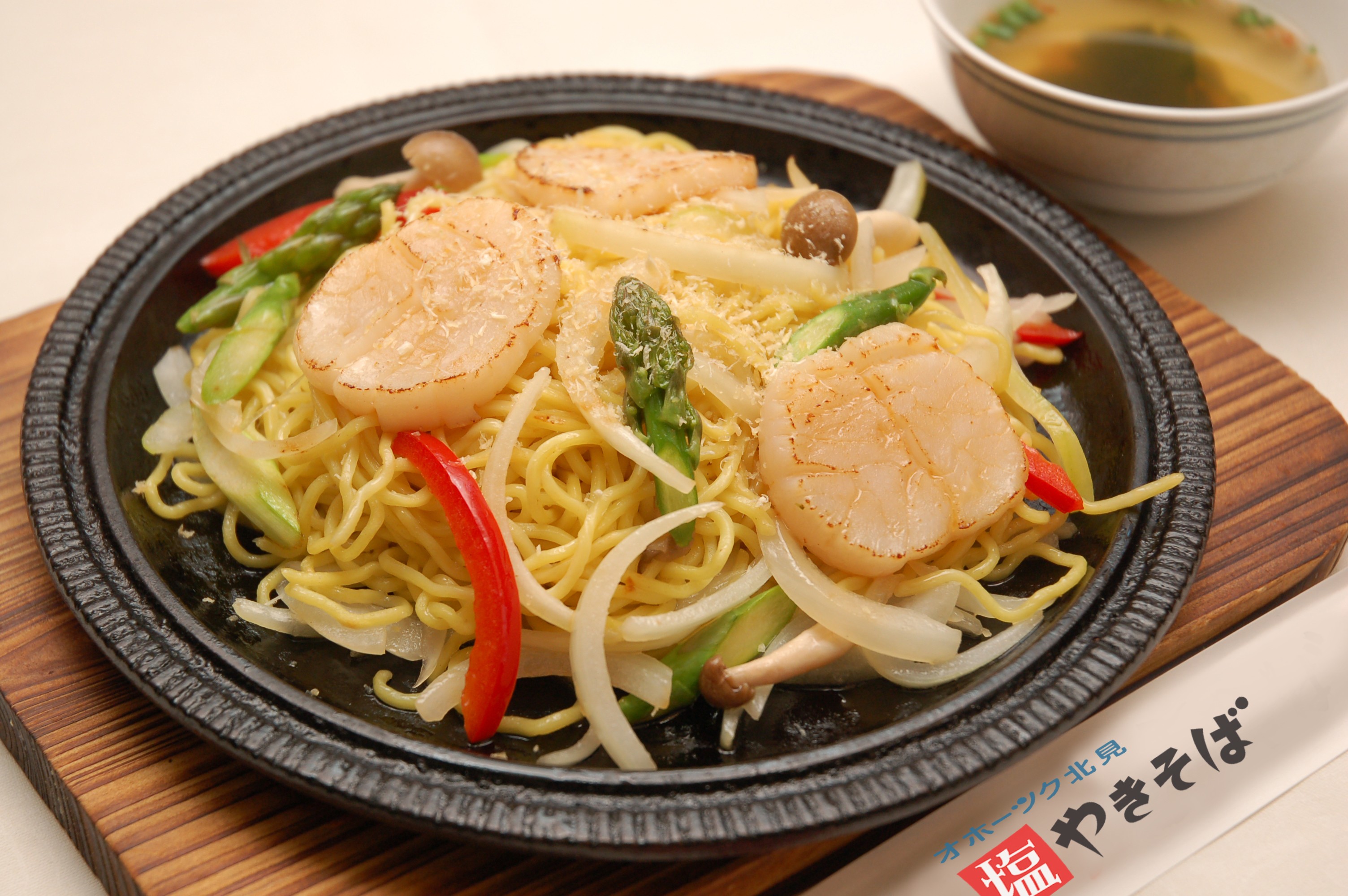
In Kitami City, which produces the largest amount of onions in Japan, "Shio Yakisoba" (塩やきそば - Salt Yakisoba) was born using local onions and various seafood. Unlike sauce-flavored yakisoba that you can find anywhere, Kitami Shio Yakisoba's decisive flavor is salt, and scallops from Okhotsk are the standard. And the most important thing is the scallop soup called "magic water" (魔法の水 / maho no mizu). The moment you put it on, you can enjoy the visual impact, and the taste is even better!
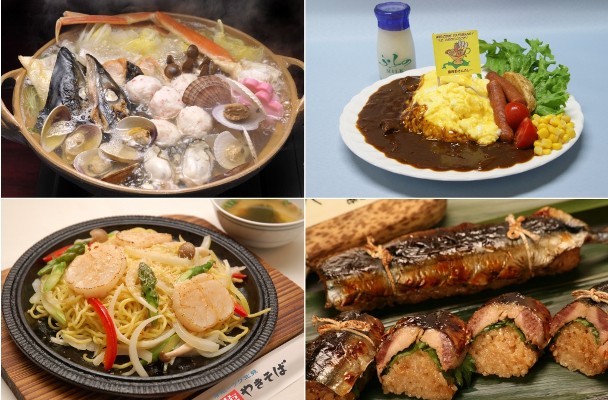
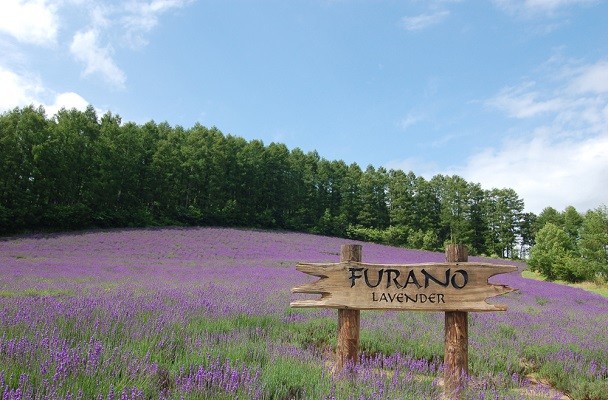
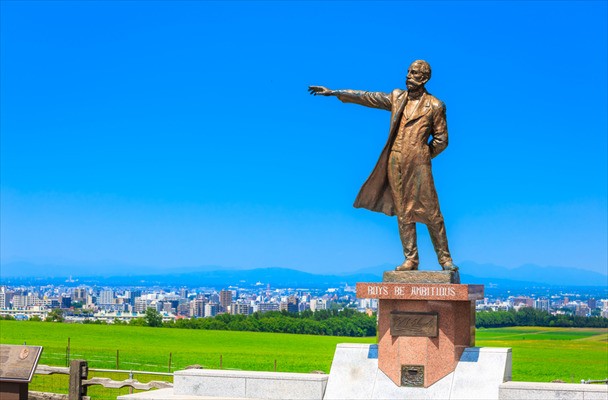

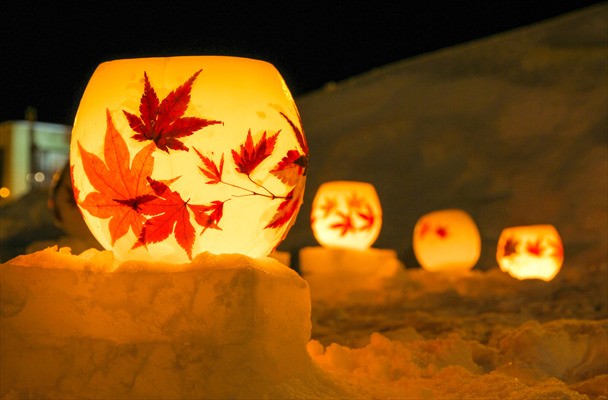
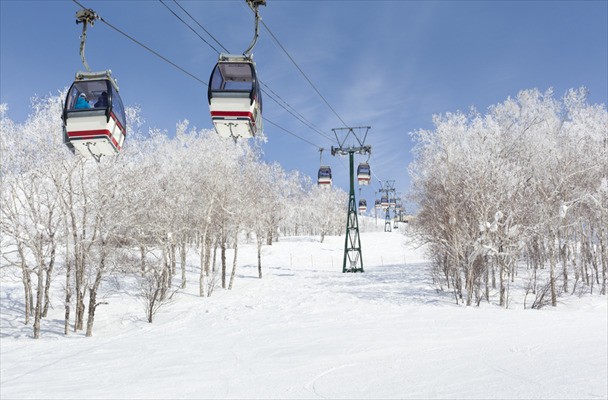
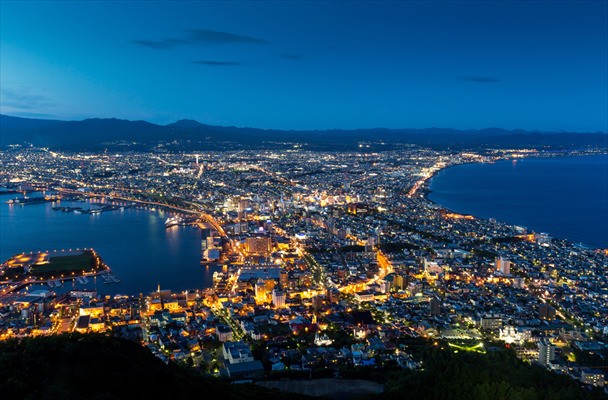
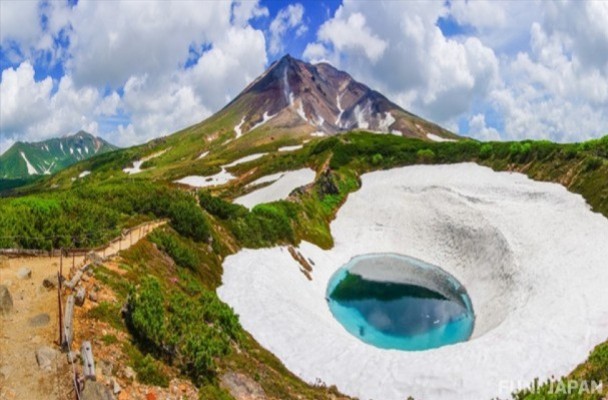
Comments